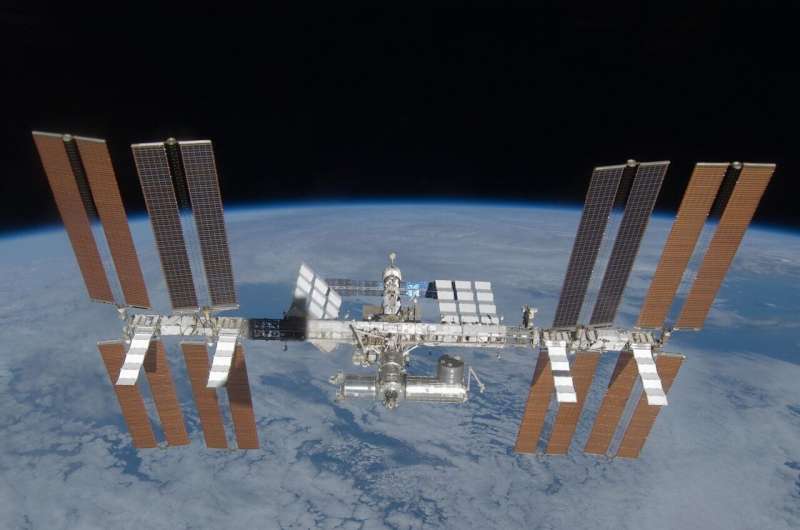Teams also performed a second hot fire test of 27 of the 28 thrusters this past weekend to test their capability and recheck helium leaks. Boeing said that hot fire test went well.
NASA Commercial Crew Program manager Steve Stich said in a press conference ahead of the test last week that teams would go over that test's data before setting up the higher-level return readiness review meeting after which they would declare a return date. He had expected that review to come late this week, but that's now been pushed back.
In an update Thursday on NASA's website, the agency announced teams need more time to go over the hot-fire testing, to finalize flight rationale for use of the affected propulsion system and confirm its reliability for the flight home.
Also still needed before the meeting is the finalizing of undocking procedures and "operational mitigations that could be used in flight, if needed, to build further confidence in the system," according to the NASA update.
Boeing posted this week that its teams on Tuesday spent time on the ground and in space prepping for Starliner's return procedures.
The simulated undocking involved Mission Control in Houston and Boeing's Mission Control Center at Kennedy Space Center as both Wilmore and Williams monitored the simulation from the ISS. Future Starliner mission NASA astronauts Scott Tingle and Mike Fincke took part in the Boeing Mission Simulator while Canadian Space Agency astronaut Josh Kutryk was monitored from Houston.
Also this week, Williams and Wilmore performed pressure checks on their spacesuits and performed an exterior inspection of the Starliner spacecraft, named Calypso, by using the Canadarm outside the ISS.
Boeing has also supplied data to NASA for potential return dates throughout August.
NASA said return planning will continue into next week before the return readiness review can take place.
NASA has the upcoming SpaceX Crew-9 launch targeting as early as Aug. 18 to launch from KSC, but will need Starliner to depart the ISS for a place to park unless NASA opts to send the Crew-8 astronauts home in their Crew Dragon spacecraft before Crew-9's arrival. The ISS has only two parking spaces for the likes of Starliner and Dragon.
Boeing is trying to play catchup to SpaceX to perform rotational astronaut flights from the U.S. for NASA. SpaceX performed its crewed flight test mission, Demo-2, back in May 2020. SpaceX has since flown its fleet of four Crew Dragon spacecraft 12 more times with three more potential launches before the end of the year.
Starliner's CFT marks its first human spaceflight, launching more than four years after SpaceX's Demo-2. It needs to complete the mission in order for NASA to consider certification of the spacecraft so Boeing can then share crew missions with SpaceX.
Starliner-1 would be that first mission, but it won't fly until at least August 2025, and would be the first of six contracted flights for Boeing flying a once-a-year rate trading off duties every six months with SpaceX until the ISS is shut down after 2030.
SpaceX, meanwhile, was given the go to prep for its 10th crew exchange flight as early as next February with the Crew-10 mission while also prepping Crew-11 in case Starliner-1 delays beyond next August.
2024 Orlando Sentinel. Distributed by Tribune Content Agency, LLC.



